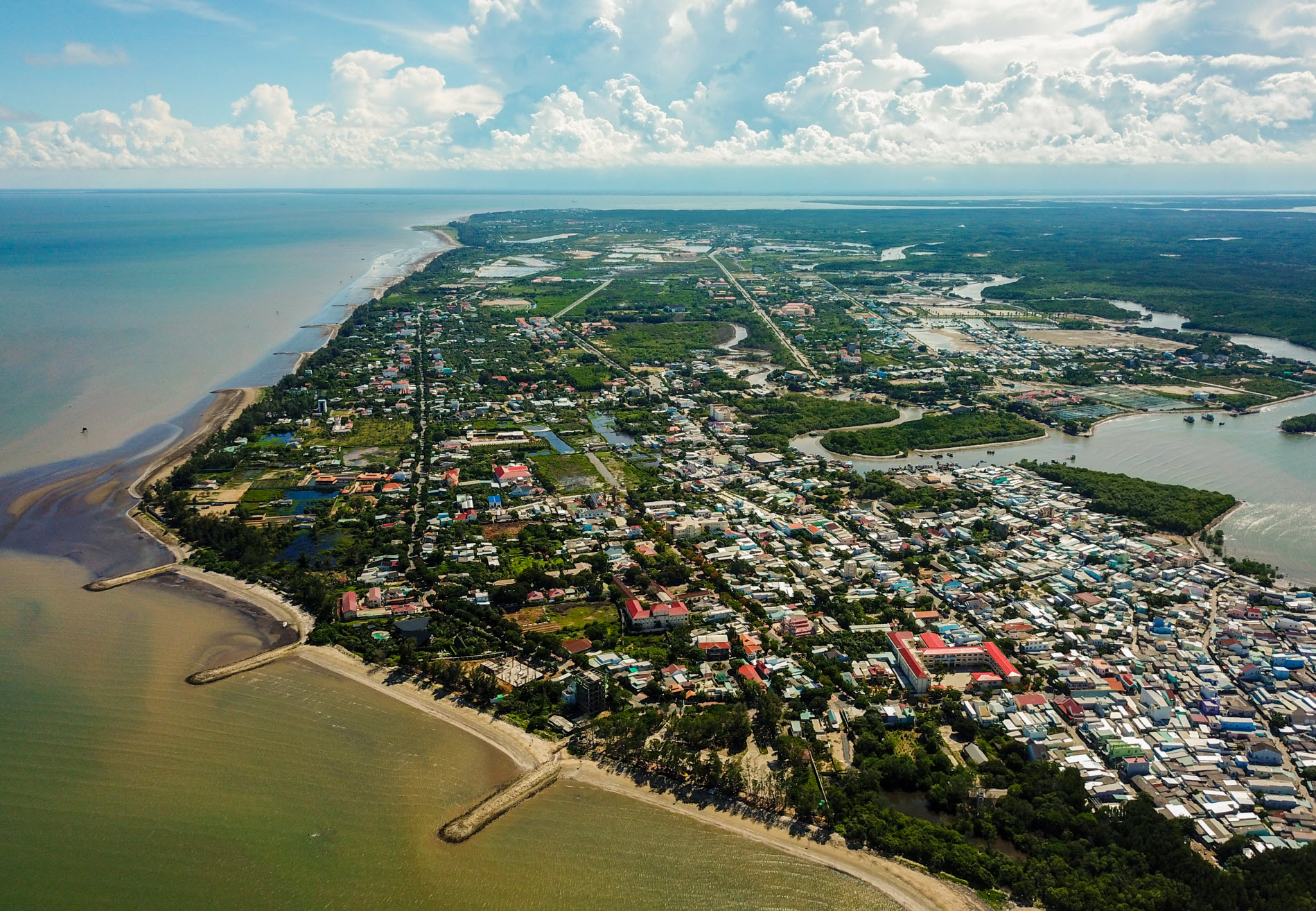
Ho Chi Minh City’s outlying Can Gio District is home to a UNESCO-recognized mangrove forest, a monkey colony and a world of fresh seafood.
The best time to visit Can Gio is from December to March when the temperature is 26-32 degrees Celsius, ideal for outdoor activities.
Spread over an area of more than 310 square kilometers, Can Gio is only connected to the rest of the city by ferry though authorities are considering building a bridge to make the only coastal district more accessible.
Home to a 75,740-ha mangrove forest that was designated by UNESCO in 2000 as the first Mangrove Biosphere Reserve in Vietnam, Can Gio is often dubbed the "green lung" of HCMC.
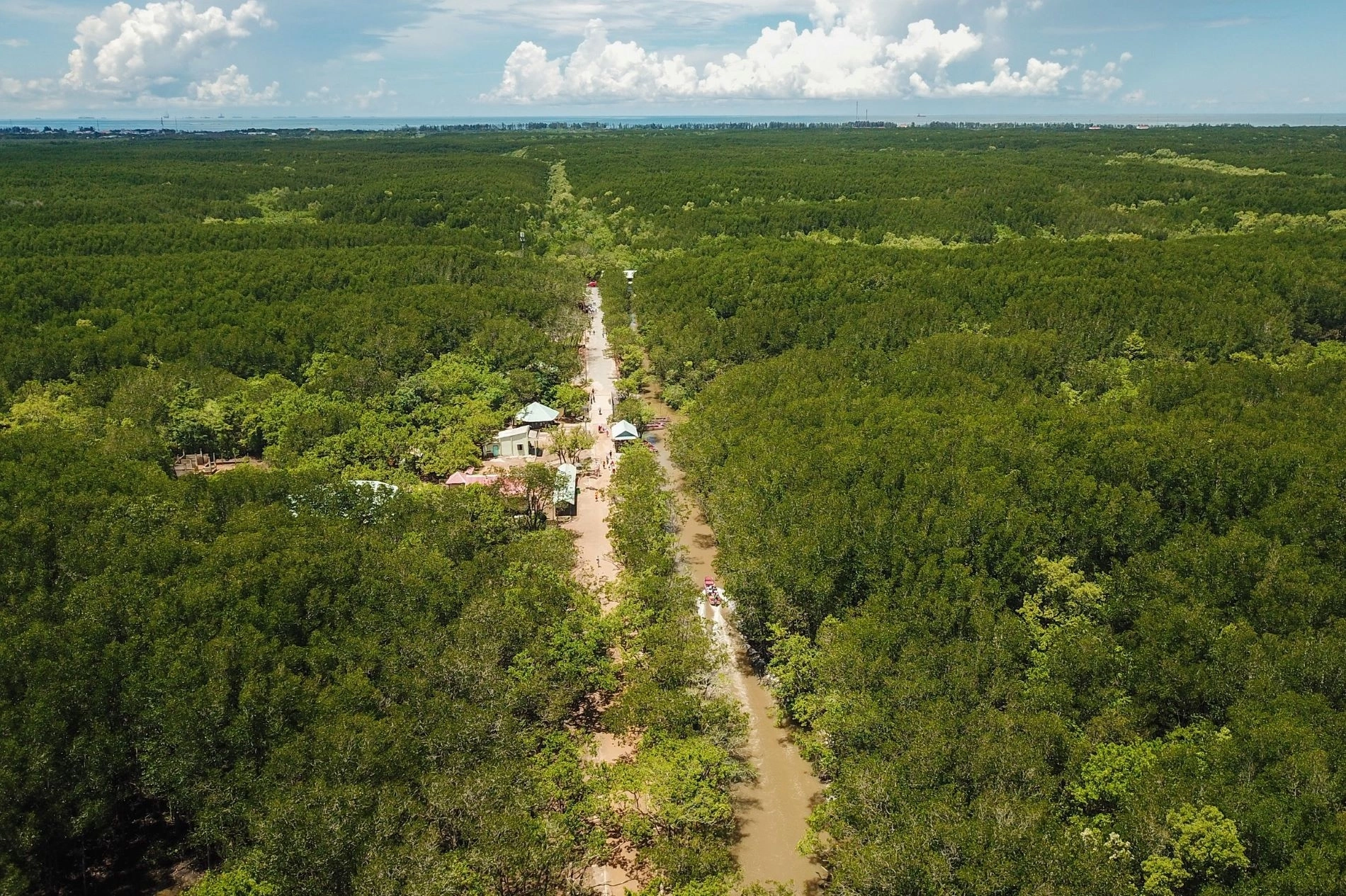
A canoe ride through the lush green mangrove forests costs VND600,000 for a group of eight people or visitors can hire small wooden boats for VND300,000-350,000 for a group of four or more.
It is also home to the Sac Forest Tourism Area where entry fees cost VND35,000 per person.
A tram takes visitors a kilometer into the forest from the entrance for VND15,000. Then visitors have to get into boats to explore attractions inside the Sac Forest tourism area.
One of the main attractions in Can Gio are its 1,500 wild rhesus monkeys, which give it its nickname, "monkey island."
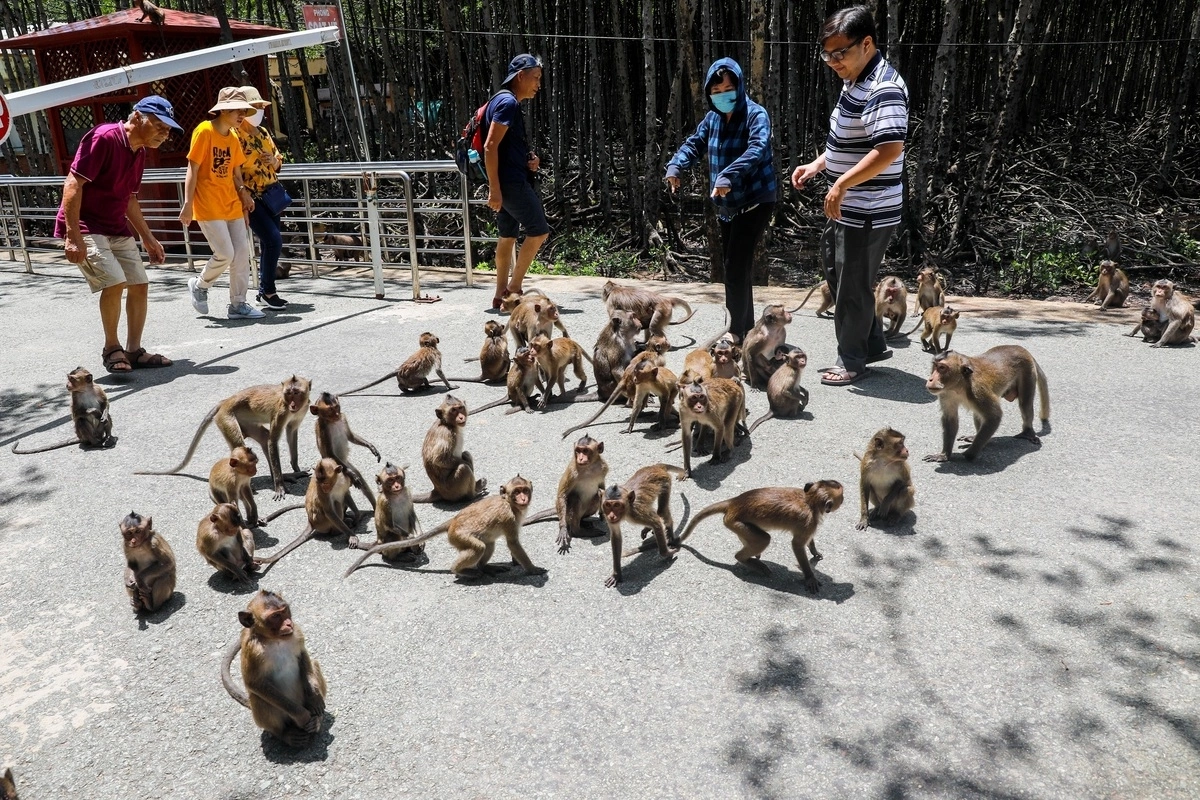
Visitors are allowed to feed the monkeys but have to protect personal items such as cameras, phones, hats, and glasses from the inquisitive simians.
Sac Forest Tourism Area is one of the few places in Vietnam bats are conserved.
A short boat tour also leads visitors to a lagoon where there are hundreds of large bats.

A flock of bats hang upside down on a tree branch in Can Gio. Photo by Ngan Duong
While the bat lagoon is quiet, a bird sanctuary with more than 20,000 individuals belonging to 26 species is incredibly noisy.
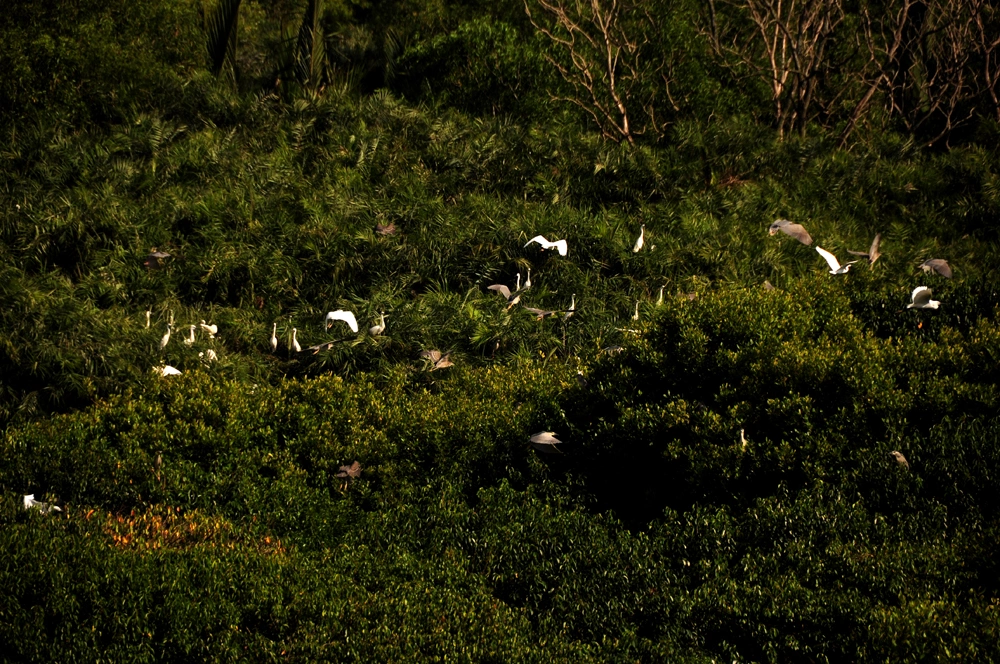
The sanctuary is only busy during the annual nesting season between April and October.
Some travel agencies also offer bird watching tours that take tourists to see rare species such as the collared kingfisher, Indian white-eye ang black-tailed gull.

Yaz, an American tourist who visited Can Gio in July, gushed about the "beautiful" nature, lots of monkeys, crocodiles and taking a canoe to bat lagoon, his "favorite part."
Briton Stephen said: "This is really an amazing place. Our team made a small trip from Ho Chi Minh to Can Gio last August. We were excited to travel by boat in the mangrove forest. Seafood is very cheap and diverse."
Hidden in a dense mangrove forest, Sac Forest tourism area used to be a Vietnamese revolutionary base during the Vietnam War, making it a curiosity for western tourists, especially Americans.
From the main entrance, you can walk to the Sac Forest Guerrilla Base occupied by soldiers during the war.
There are signs in Vietnamese and English describing their lives there and how they survived amid the war.
There is a small shrine dedicated to the soldiers where locals offer food and votive money.
A popular camping destination in Can Gio is the Dan Xay eco-tourism area surrounded by mangrove forests.
Since its launch in 2014, it has been attracting Saigonese in droves, especially during weekends, with outdoor activities like kayaking, foraging, cycling, and boat tours.
Visitors can climb up a 30-meter tower for a bird’s eye view of the mangroves.
For those wishing to buy fresh seafood, Hang Duong Market is the place to go.
It is open all day, and crowded in the morning when the seafood catches arrive by boat.
In the front and back of the market are cooking areas where, for VND150,000 ($6.43), customers can get seafood they buy at the market cooked to their liking.

People call this market, where you can find almost any kind of seafood at reasonable prices, a paradise for seafood lovers.
The whale temple is a spiritual place for fishermen in Can Gio where most residents earn their daily living at sea.
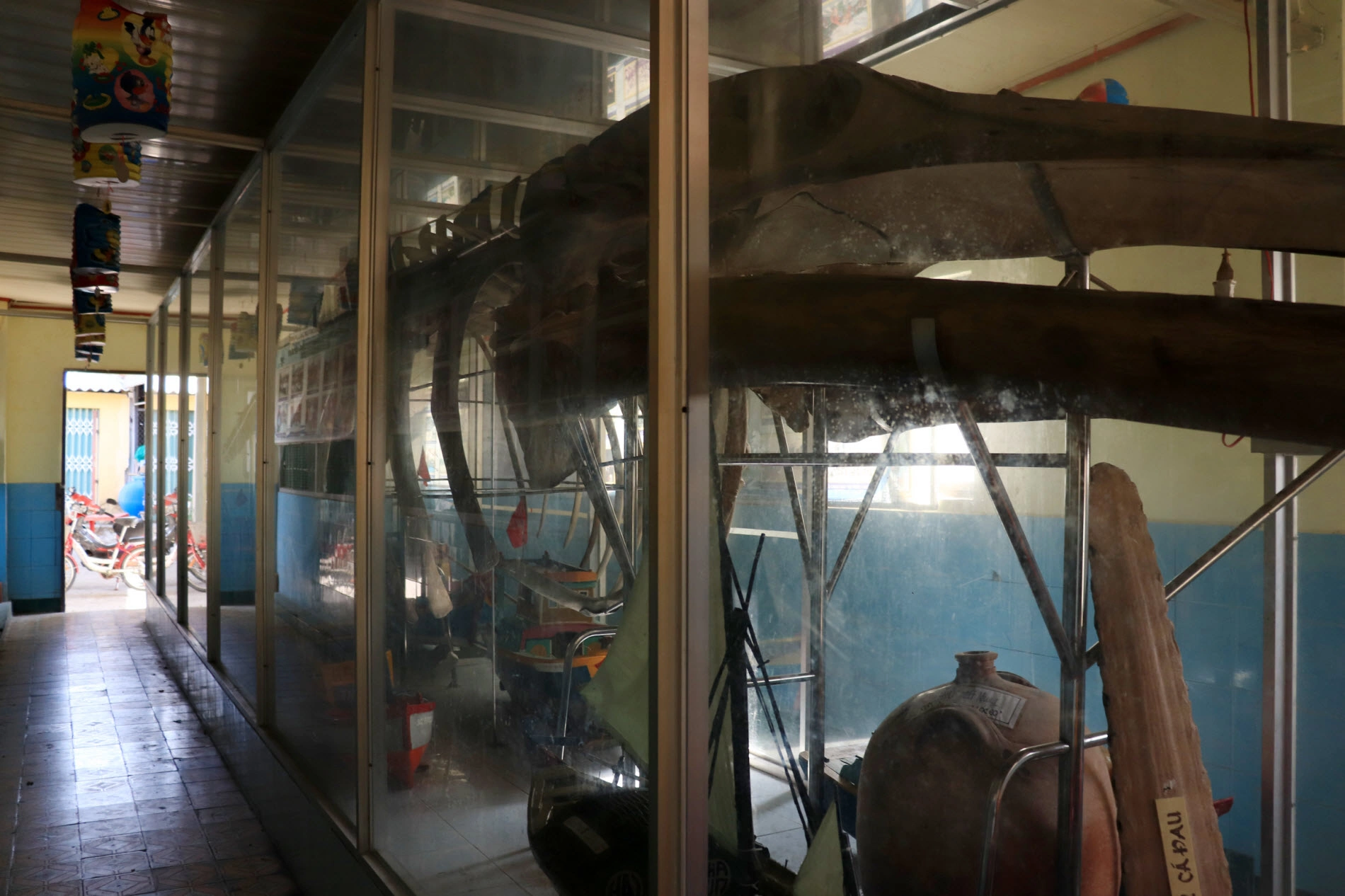
Vietnamese fishermen see the whale as a sacred animal and believe that by giving dead whales a proper burial and worshipping them sailors will be blessed with luck, good weather, bountiful catches, and safety while at sea.
Every year on the first and 15th of the eighth lunar month, local fishermen will organize a traditional festival to pray for safety and luck as well as seek protection from the whale while at sea.
But a journey to Can Gio would be incomplete without visiting Thanh An, the only island commune where cars and motorbikes are uncommon.
Surrounded by a primitive forest, the commune is home to 4,500 residents who earn a living by fishing and making salt.

Since there is no high-speed boat from Can Gio Pier to Thanh An, transport to and from the commune relies on fishing boats.
About five to seven trips carry people back and forth to the island commune. Each trip takes about 30 minutes, with ticket prices around VND15,000 ($0.65).
Near the center of the island commune, people set up a daily street market between 5- 9 a.m.
The rising popularity of Can Gio has prompted investors to develop resorts in the island district.
Some high-end resorts like Can Gio Resort, Phuong Nam Can Gio Resort, Mangrove Hotel Can Gio and Gio Long Boutique Hotel are surrounded by thriving nature, with room rates starting from VND700,000 a night.

For budget travelers, homestays are also an ideal option.
Some popular addresses are Phuc homestay, Eco homestay, Tan Tan homestay and Mangrove homestay with prices starting from VND100,000 a night.
In Thanh An island commune, residents also offer accommodation services to improve their income.
Bun rieu cua (crab noodle soup) is a popular breakfast in Can Gio. The key protein component of this soup is the crab meat mixture made of freshwater mini crabs, pork and egg that resembles a patty.
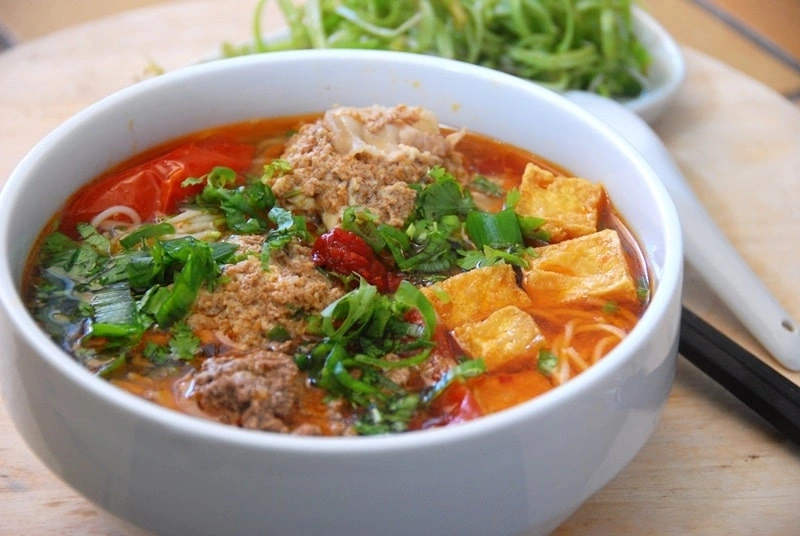
A bowl of vermicelli soup includes toppings like pork feet, pig blood pudding, beef balls, fried tofu and crab cakes. The dish is served with fresh Vietnamese herbs like perilla and cilantro.
You can find the dish at 114/3A Duyen Hai Street in Can Thanh Town.
Fried seafood rice is also a must-try dish in Can Gio. A plate includes fresh seafood like prawns and squid, fried eggs, shredded carrots and other green vegetables.
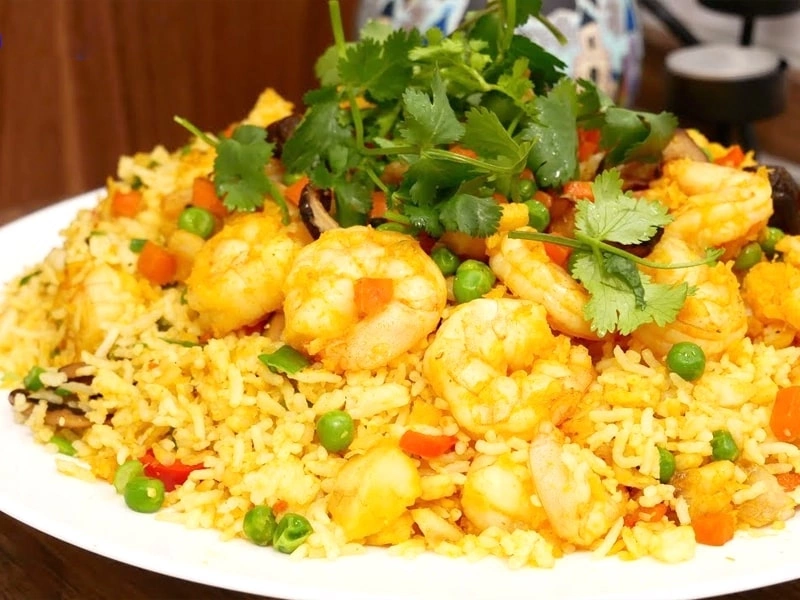
You can enjoy the dish at food stalls on Giong Ao Street in Can Thanh Town, with prices ranging from VND30,000-60,000.
Canh chua ca khoai, a soup cooked with Bumalo fish, tomatoes, pineapple and green herbs, has become a part of daily life in Can Gio.

In some restaurants, the soup is served with rice vermicelli or noodles.
Known as a paradise of cheap seafood, there are hundreds of stalls serving guests countless snail dishes from apple snail, oc len xao dua (fried snails with spicy coconut milk) and crab claws roasted with salt or grilled oysters.

Sentinel-crabs and mantis shrimp are popular items. A kilogram of sentinel-crabs cost VND400,000 – 500,000 while mantis shrimp are more expensive at around VND600,000 per kilo.
You can visit Hang Duong and Can Gio markets at night to enjoy seafood.
From the bus station on Pham Ngu Lao Street in District 1 near Bui Vien backpacker area, you can catch bus No. 20 to reach the Binh Khanh ferry port in Nha Be District, then catch another bus to Can Gio District.
It’s easy for motorbikers to reach Can Gio as the journey takes one-and-a-half hours. From the city downtown, drive to Tan Thuan Bridge in District 7, turn toward Nguyen Van Linh then Huynh Tan Phat streets to reach the Binh Khanh ferry.
After crossing, follow the road to Can Thanh Commune.
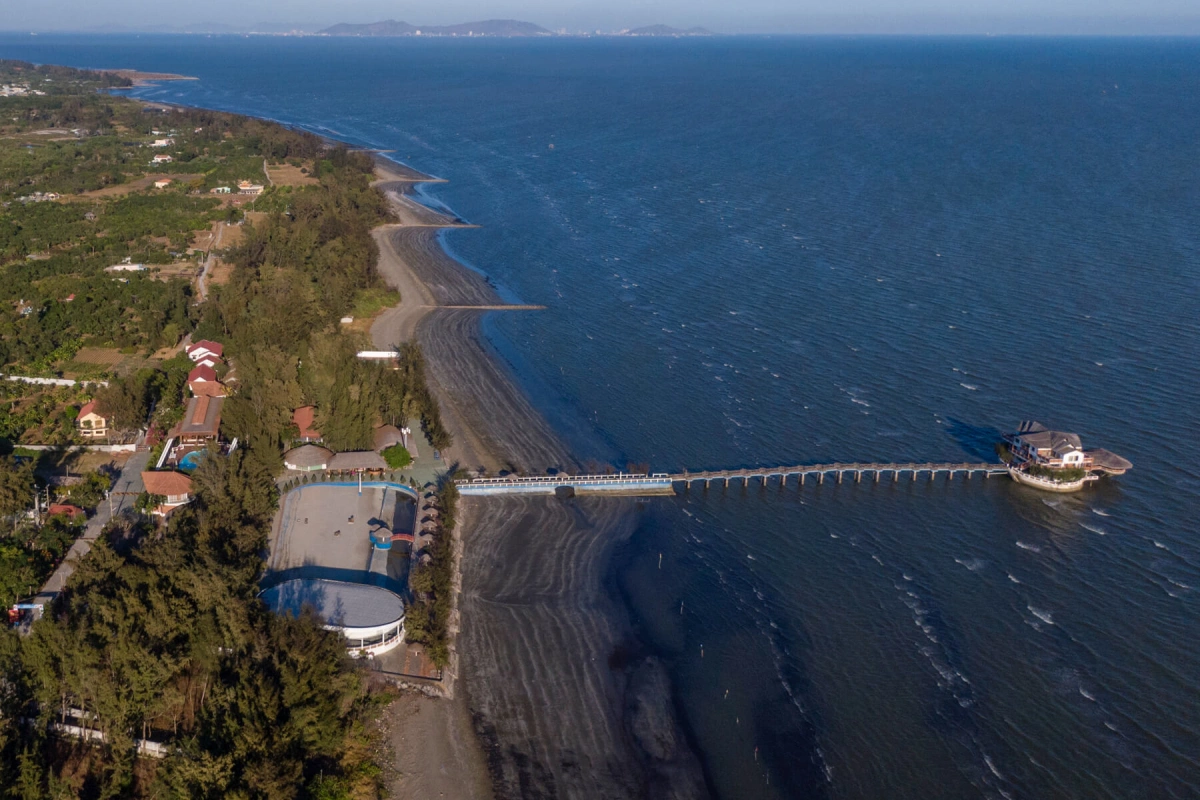
Story by Hoang Phong